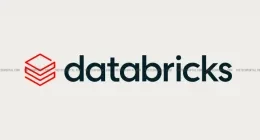NASA’s Curiosity rover is getting a curious touch. What was once a completely human-driven machine can now determine which geological features to shoot with its laser on its own. This is quite a development as Curiosity will now be able to keep analyzing the rocks on Mars even when no human is guiding it remotely.
Until now, scientists back here on earth had to hand-pick targets for Curiosity to zap. This is all about to change now. Thanks to a new technological breakthrough called AEGIS (that stands for “Autonomous Exploration for Gathering Increased Science”). This software will allow the dog on Mars to select its own targets.
The criteria the bot will work upon in order to select its targets can be pre-set by the bot handlers. These could be anything ranging from the colour of the rock to its size, its location or even its texture. In fact, all this data could be used to teach Curiosity what we are looking for in a bizarre form of artificial intelligence. Maybe someday the four year old bot will do everything on its own, just like singing a happy birthday song for itself every year.
AEGIS uses a number of on-board cameras, analyzes the samples around Curiosity and determines the most suitable samples for zapping. The matter in the rock/soil then vaporizes and Curiosity uses a spectrometer to scrutinize the gases produced. The wavelengths of the colours of these gases to determine the constituents of the rocks.
With AEGIS now functional, Curiosity will not need to rely on a human to guide it. While there will always be a scientist working along with the rover, Curiosity can fill in the gaps when no one is available. Also, human eyesight isn’t something that can always be trusted but a computer’s analysis never lies. In fact, AEGIS will help the rover hit even the smallest targets the first time, thanks to autonomously-refined aim.
The Tech Portal is published by Blue Box Media Private Limited. Our investors have no influence over our reporting. Read our full Ownership and Funding Disclosure →






